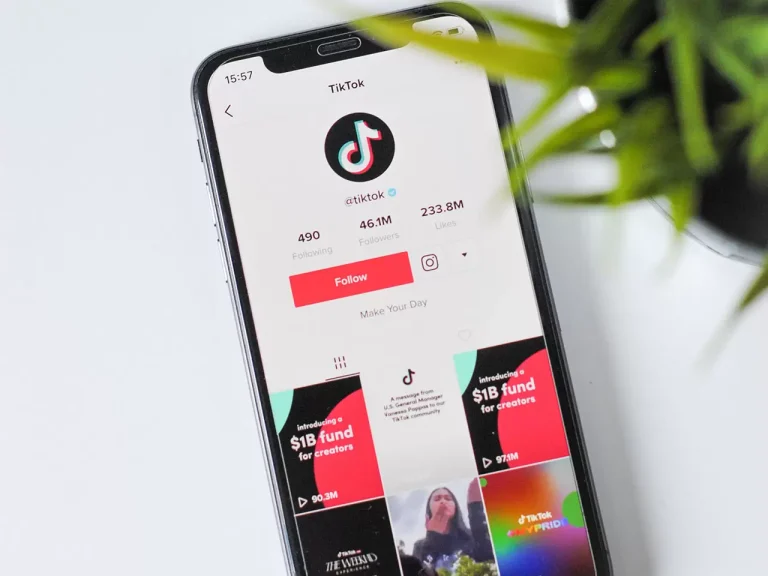In this article, we delve into the phenomenon of websites that experienced explosive growth during the pandemic, becoming indispensable tools for navigating the new normal.
The pandemic acted as a catalyst, accelerating existing trends and ushering in a digital revolution unlike anything the world had seen before. From e-commerce platforms to virtual communication tools, a myriad of websites experiences surges in traffic, user engagement, and revenue as individuals and businesses alike sought refuge in the digital sphere.
E Commerce Giants
The COVID-19 pandemic shaped the landscape of commerce in unprecedented ways, catalyzing a digital revolution that propelled e-commerce giants to new heights of success. As lockdowns shuttered physical stores and consumers sought after alternatives to in-person shopping, online retailers experienced explosive growth, solidifying their dominance in the global marketplace.
With physician retail outlets deemed non-essential and many consumers hesitant to venture outside their homes, e-commerce emerged as a lifeline for businesses and consumers alike.
Established giants such as Amazon, Walmart, and Alibaba seized the opportunity to meet the soaring demand for online shopping, leveraging their vast infrastructure, logistics networks, and technological prowess to deliver goods and services directly to consumers doorsteps.
Telehealth Platforms
Telehealth platforms experienced exponential growth during the pandemic, as patients and providers alike embraced the convenience, accessibility, and safety of virtual healthcare services.
With in-person appointments limited by public health restrictions and concerns about potential exposure to the virus, telehealth emerged as a safe and effective alternative for addressing a wide range of medical needs.
One of the key ways in which telehealth platforms helped during the pandemic was by enabling patients to consult with healthcare providers remotely, reducing the need for unnecessary exposure to crowded waiting rooms and healthcare facilities.
Through video consultations, phone calls, and secure messaging platforms, patients could access timely medical advice, receive prescriptions, and discuss treatment options from the comfort and safety of their own homes.
OnlyFans
One of the most significant ways in which the pandemic helped Onlyfans was by driving a surge in creator and subscriber activity on the platform. With traditional sources of income drying up and millions of people facing financial hardship due to job losses and economic instability, many turned to Onlyfans as a means of supplementing their income or transitioning to full-time digital entrepreneurship.
Creators across a wide range of niches, from fitness trainers to chefs to musicians to adult entertainers, flocked to the platform to connect with fans, monetize their talents, and build sustainable businesses in the digital realm.
Moreover, the pandemic accelerated the mainstream acceptance of Onlyfans as a legitimate and viable platform for content creation and distribution. As social distancing measures and restrictions on public gatherings forced individuals to seek virtual forms of entertainment and connection, Onlyfans merged as a go-to destination for exclusive, personalized, and interactive content experiences.
Creators leveraged the platform’s subscription-based model to offer fans access to behind-the-scenes footage, intimate Q&A sessions, exclusive merchandise, and one-on-one interactions, fostering deeper connections and fostering a sense of community in a socially distant world.
Did you know that there is a way to enhance your Onlyfans experience by checking out https://onlyspider.com/? OnlySpider is a search engine optimized to help you find models based on your personal preferences. You can search creators based on looks, location, and much more!
Video Conferencing Platforms
One of the most significant ways in which the pandemic helped conferencing services was by accelerating the transition to remote work and virtual collaboration. As companies around the world grappled with the challenges of operating amid lockdows and stay-at-home orders, video conferencing platforms such as Zoom, Microsoft Teams, and Google Meet became essential lifelines for businesses, enabling employees to conduct meetings, collaborate on projects, and communicate with colleagues regardless of physical distance.
Moreover, the pandemic drove widespread adoption of video conferencing among individuals and families seeking to stay connected with loved ones, friends, and social circles during periods of isolation and quarantine.
From virtual family gatherings to online happy hours to remote celebrations, video conferencing platforms provided a sense of closeness and community in a time of unprecedented social distancing.
The pandemic also pushed innovation and investment in video conferencing technology, leading to the development of new features, functionalities, and integrations designed to enhance the user experience and meet the evolving needs of businesses and consumers.
From virtual backgrounds to real-time collaboration tools to improved security measures, video conferencing platforms evolved rapidly to address the unique challenges posed by the pandemic.
Streaming Platforms
One of the most significant ways in which the pandemic helped streaming platforms was by accelerating the already-growing trend and the shift away from traditional linear television. As movie theaters closed their doors and production on new television shows and films came to a halt, consumers turned to streaming services such as Netflix, Disney+, Amazon Prime Video, and Hulu for a diverse array of content to fill the void.
Moreover, the pandemic provided a captive audience for streaming platforms, as individuals sought refuge in the comfort of their homes and turned to digital entertainment as a means of coping with the stresses of the pandemic.
From binge-watching entire series to discovering new movies to streaming live events and concerts, streaming platforms offered a diverse range of content to suit every taste and interest.
The COVID-19 pandemic acted as a powerful catalyst for the rapid expansion and evolution of various digital platforms, transforming the way individuals and businesses connect, communicate, and consume content in a socially distant world.
From e-commerce giants to telehealth services to video conferencing platforms to streaming services to platforms like Onlyfans, the pandemic accelerated existing trends, fostering innovation, and reshaped the digital landscape in profound ways.
As we navigate the post-pandemic era, the lessons learned from this period of disruption will continue to shape the future of the digital economy, driving innovation, resilience, and adaptability across industries.













